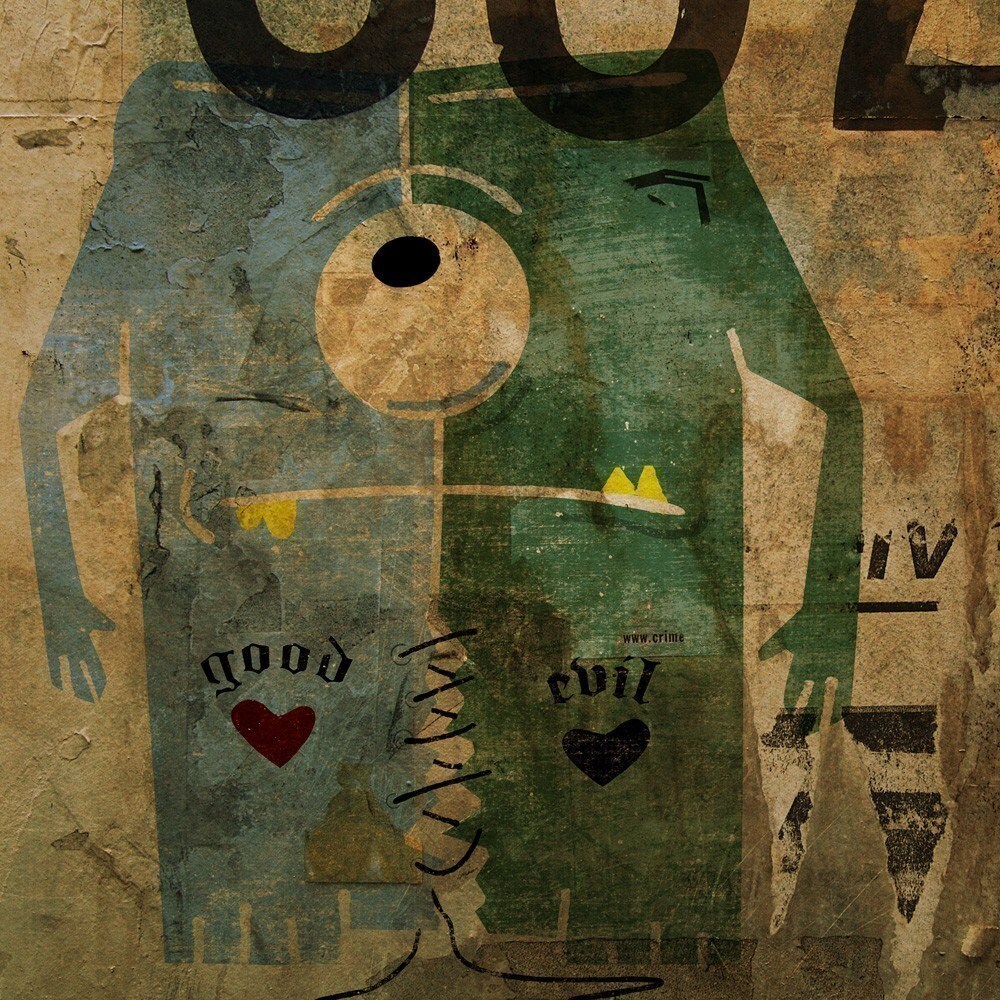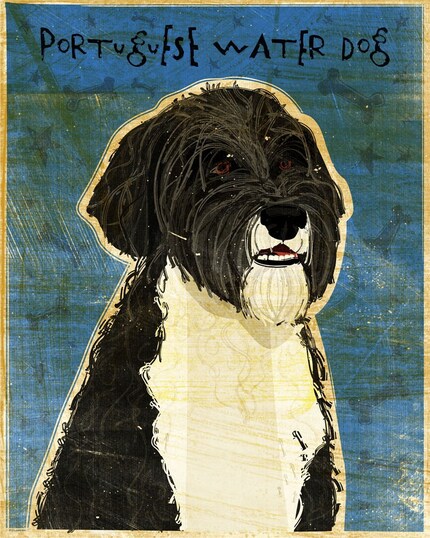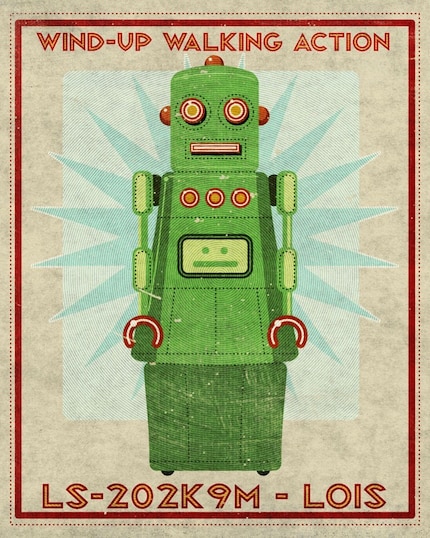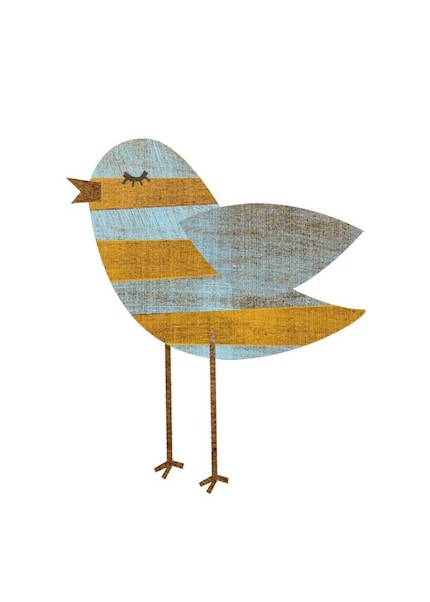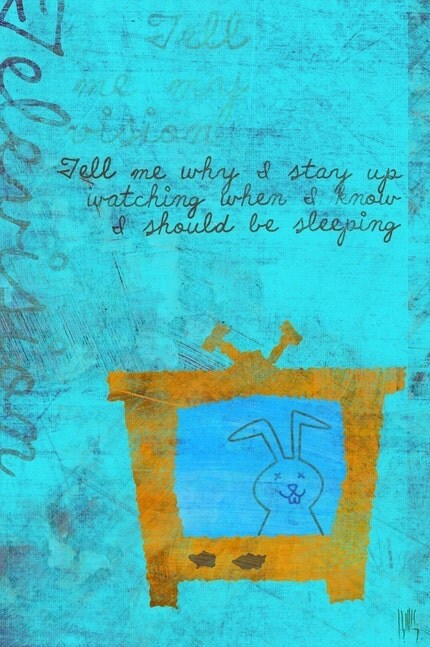 Don't ask me why, but I watched a holiday movie a year or two back where the main character was an artist-type. I think I secretly like bad, cheesy television because it makes me feel like I have taste. I don't like it for the quality, but for the fact that it makes me feel like I can identify bad quality. Backwards, I know.
Don't ask me why, but I watched a holiday movie a year or two back where the main character was an artist-type. I think I secretly like bad, cheesy television because it makes me feel like I have taste. I don't like it for the quality, but for the fact that it makes me feel like I can identify bad quality. Backwards, I know.But the way the artist-type character was depicted made me realize that the screenwriter's perception of the artist (and more so the person who wants to make a living from their art, and not more traditionally stable occupations) was that of a directionless slacker. All the other characters, except for the reluctant love interest, thought of the artist as one who could not figure out what they wanted to do with their life. Is that how the world sees us? Perhaps the writer(s) lived the situation before writing it into a movie. I don't really think that was the intended message of the movie: If everyone around the artist-type can just suffer watching all that wasted potential long enough, a straight-laced business type will eventually come along and take the artist off our hands.
As I look around these days, I think that business type has arrived. Not in the form of a significant other who takes the edge off the drifting artist, but in the form of the Artisan Entrepreneur. So, it's not in the form of some outside force or influence, but part of the artist-types themselves.
Artists are creative thinkers, and creative thinking is not always valued in the traditional workplace. So the artist-type doesn't always fit well in some traditional workplaces. They are square pegs trying to fit in round holes. If they want to be happy in their job, they often have to either find a (usually) lower paying job that requires little more than showing up and doing what you are told, or they have to find work in one of the accepted artist-type positions (see Graphic Artist, Copy Writer, Illustrator, etc.). The former type of job is more easily found, but worries the artist-type's circle of friends that the artist-type will never reach their full potential. The latter type of job exists occasionally in the traditional corporate world, but are more readily available in the creative corporate world of design firms and the like.
Seems there were always freelancers (Copy Writers, Illustrators, Designers) who liked the freedom of setting your own hours, having some input in what you create, etc. An early version of today's artisan entrepreneur. If you go that route, you're bound to learn more than a little bit about running a business.
Seems there have long been quite a few artists who could make their living by creating great art, and commanding high prices for it. But it also seems that route has often required someone else with business sense to manage and guide that career. Another route where the artist is bound to develop a business sense over the years.
But the Artisan Entrepreneur differs a little. They may have been the freelancer, and they may still be one. They may also have done the work-a-day job, and may still be doing that, too. For one reason or another, they are trying to move on from that. They may want more control over what they produce. It's a direction which does not guarantee success (not that the others mentioned do either), and in many cases that I have seen, you start out without really knowing the ropes.
I've done the freelance thing, and I have done the design firm thing, and I have done the in-house corporate design department thing. I've also done the day job that pays the bills. All of those jobs taught me something about business, which positioned me to make decisions in my latest iteration as working artist. I think all Artisan Entrepreneurs draw on their past work experience to some extent. But they also have to use their creative way of thinking to further their business, and they often do so in unexpected ways (that's the entrepreneur part). They also use their imagination and a pretty strong belief in their own ability to make a go of it.
To be continued...

